
We chat with the brains behind Inkle about the Sorcery! game and how creatives can use their own tools!
Those of you who’ve been reading DGM for awhile doubtless read my review of Steve Jackson’s Sorcery! by Inkle Studios. Well, Inkle’s Jon Ingold and Joseph Humfrey kindly agreed to sit down with us and tell us a bit about Sorcery! 2: Kharé, the Cityport of Traps, what fans can expect, what they’ve learned through this process, and, also, how fans can start creating their very own multimedia adventures through their free Inklewriter toolkit!
Hey, guys. Thanks for sitting down with us today.
We’ve had a chance to play through your game adaptation of Steve Jackson’s Sorcery! for iOS, which is really incredible. (I’ve probably played through it ten times and keep finding new little twists I didn’t find before!) And of course, now we’re on the cusp of when you’re releasing Sorcery! 2, which we’ve all been waiting for with baited breath. As such, let’s delve into that a bit, and then finish up with how our readers can use your own inklewriter engine to create multimedia stories themselves!
Would you care to share with our readers a little of what they can look forward to with Sorcery! 2?
Jon:
Sorcery! 2 is bigger, meaner, and more intricate. It’s not a walk through the hills any more – you step into the walls of Kharé, the Cityport of Traps, a town of mutants and murderers ruled by pirates. The city is on the brink of revolution, the Council scattered, and the secret to leaving the city has been lost with them.You can explore the city in whatever way you want, including looping around and backtracking, but you’ll find things change over time – shops open and close, passers-by move on – so every time you play they’ll be different things to discover. The structure of the game is also a detective story, too; there are mysteries to be uncovered and riddles to solve.
Above all, it’s big. It’s at least four times longer to play than the first game, and that’s if you settle for a sub-optimal conclusion. You can visit almost every street of the city, and also go inside several of the buildings and explore in more depth – Mike Schley, our cartographer, has done a series of detailed interiors that merge into the main map.
There’s also new enemies to fight, a revamped spell-casting system, and Swindlestones, a game of dice, conversation, and cunning.
Obviously, I’m guessing there are some limits to what “new†elements you can add when adapting a beloved game. With that said, are there any special new twists you’ve added—such as gender effected gameplay options (like certain characters may hit on you or offer to do things for you based on your gender which could give new options), or things like that?
Jon:
The deal with Steve was always “Stay true to the spirit of the books, not the words†– so actually, we’ve gone overboard with new content. The original book of Kharé is about 60,000 words long – our version is over 300,000, with nearly 10,000 options. Frankly, we have no idea how we’re going to top this in Book 3!
Wow. What was it like to work with Steve Jackson and the folks over at Fighting Fantasy for these games?
Jon:
Steve Jackson is one of my heroes, and the Sorcery! series – in particular, the last book, The Crown of Kings – was one of the things that got me interested in the idea of interactive storytelling in the first place. My elder brother had it, and for a long time wouldn’t lend it to me, but I’d see him pouring over it, lost within its pages, and it developed this fascination for me. Then when I finally got my hands on it, and I found it every bit as cunning and deep and convoluted as I’d imagined.Steve’s other Fighting Fantasy books are similarly inventive – he has a restless creative spirit, always coming up with new ideas, or ways to turn old ones on their heads. I think that’s one of the reasons the Sorcery! project has come out so well – some authors would be precious about their material and their ideas, whereas Steve is up for anything that turns them upside down, throws away assumptions, and makes something new.
Now what is the official release date on Sorcery! 2?
Jon:
Sorcery! 2 hits the App Store tomorrow, the 7th of November.
Just a few more hours to wait then!! I can’t wait to get my hands on that. That sounds like a review that could blow the last one out of the water, which is pretty hard since it got a perfect 5 moon score.
Now, let’s rewind and discuss some of the elements that you unveiled with the first adventure! While I personally loved the choice, when you first released Sorcery!, did you run into flack from the die-hard dice fans for omitting visible dice rolls in favor of more streamlined back end randomizers or did they realize the service it did to the storyline?
Jon:
Amazingly, we didn’t. We were expecting quite a lot of flack for that, but the reception has been generally positive – from people who found the new system “as random as dice rolls anywayâ€, through to people who got to grips with its more strategic and puzzle-like components. Those people really saw that it made more sense in a Sorcery! game to have combat that isn’t random, but is rather about out-thinking and out-witting your opponent.Entertaingly, though, we’ve put dice back into the game for Part 2, with the introduction of Swindlestones; a gambling game based on rolling dice and then lying about what you’ve got. But even it’s really a psychological game, and again it’s about facing down the different types of AI.
What’s the most interesting thing you’ve heard from a fan about the game?
Jon:
The most amazing thing has been from people who’ve shared their Epilogue screens with us via Twitter. We didn’t actually put that in as a feature, but you can take a screenshot and post it. And people have been trying to max the game out and find perfect runs – one guy managed to end the game with 72 Gold Pieces, and I didn’t even think there were that many in the game. I have a feeling, come Kharé, he’s probably going to get into triple figures and we’re worried that’ll probably break the UI.
I can imagine so. Now that we’ve chatted about the new game, let’s discuss how our artistic and creative readers can create some of their own incredible adventures!
I’ve had a chance to look through your multiple path version of Frankenstein and your Future Voices app. All make use of your multimedia creation toolkit, the Inklewriter Toolkit, which allow you to make multimedia stories without programming knowledge and which you make available free of charge to creatives. While it’s not quite as complex as what you’ve released through Sorcery!, it’s still extremely powerful and has led to some creative uses, both overtly and in the back end for other games.
So, going back to the beginning, what led to your creation of the inklewriter engine in the first place?
Joseph:
When we first started inkle, we had the idea that we wanted to create a platform and a community around interactive stories. While we specialise in creating individual bespoke apps and games, we wanted to create something bigger than that, and make an effort to push interactive stories more into the public consciousness, helping other aspiring writers and developers to use our model, if they want to.With inklewriter being used so much in schools right now, we’re hoping that we might be able to inspire future interactive writers in the way that gamebooks did for us in the 80s and 90s.
Jon:
For me, inklewriter is a tool I’ve always wanted to have – I’ve tried writing choice-based games lots of times over the years, but never quite had a way to do it that didn’t get out of the way fast enough. I spent more time thinking about how it worked, than what I wanted to write! And I think we had a sense that, if interactive stories are going to be a “thingâ€, then more people need to be able to play around with them. If I couldn’t get to grips with writing one with programming experience, that’s not much good for straight writers.
I completely agree. I grew up on Choose Your Own Adventure books and really loved the free thinking, but it was a real pain to create that sort of set up physically or digitally (if you weren’t a programmer). A lot of our readers are looking to create new forms of media, beyond just film, and I think your engine offers a great place to begin that. What does the inklewriter engine currently allow creatives to do? What are its limitations?
Jon:
Inklewriter is a free web-site that lets you write and share branching, interactive stories without any fuss or programming or technical knowledge. It’s designed to let people who want to write stories with choices in it just get on and write. But it’s also pretty powerful, and you can track what people’s choices are for determining future interactions.The big innovation in inklewriter is that it presents whichever branch of your story you happen to be writing as a linear story that you can just get on and write, creating options that you have yet to follow-up on (we call them loose ends) and pursuing whichever thread you want to write at the time. Inklewriter keeps track of all your loose ends (and dead ends!), so you can easily find where you need to go next to continue your story.
This linearity is smart because it reminds you that your readers won’t see a flow-chart when they read your story! They’ll pick options and get one story in return. So you’d better make it a good one…
Other than that, it’s super-easy to use, and when you’re done, there’s a share button that gives you a link to a playable version of your story that’s always updated whenever you make an edit, and you can share that link however you like – on Twitter, Facebook, or by QR code, if you must.
Oh, I think we must! That’s really cool, guys. I know you can embed images, but I don’t think it yet supports video embed. If not, you might wish to consider making that available, as that might be a cool way to allow the sort of mini-movies we saw in Myst—which could open a whole slew of creative options. With that said, where do you see the Inklewriter story creation engine going eventually?
Jon:
I think we don’t really know, to be honest; when we built it we had no idea if people would get it, or like it, and it’s been a lot more popular and successful than we’d anticipated! But it’s also a free site, so it doesn’t generate any revenue for us, so it’s hard to spend time pushing it forward.One thing that’s been really interesting for us is the pick-up in schools, so I could imagine pushing that angle further and making more facilities available to help teachers use it in the classroom. And eventually we would love to have a full authoring pipeline, so you could write a story in inklewriter, give us some artwork, and get an app in return. That would be great. (I’d use it myself, if I have ever have any time!)
Yeah, that is a really great idea. Any plans to allow the ingestion of 3D maps and cutouts into Inklewriter so that users could make some of their own tabletop RPGs similar to Sorcery!?
Jon:
Not in the short term, no. The kind of graphical representation that we do in the Sorcery! games takes quite a lot of time and effort to get right, and we’re constantly fighting with the memory and performance limits of all but the most recent Apple hardware. It’s not the kind of thing you can easily port into a web-browser!
Makes perfect sense, even if some of us are sad that we can’t import 3D maps and the like! What distribution offerings are you currently able to offer with the Inklewriter creator?
Jon:
Inklewriter was built with a focus on easy creation and sharing, so every story is automatically assigned a link, which the writer can share however they like. (Though the link is private unless the author chooses to share it.)But we quickly found people wanting to try different forms of distribution so we’ve now added two other options: first, for $10, authors can have their story converted to an eBook for Kindles, so they can put their story up for sale on Amazon, and we’ve published quite a few authors this way now. Secondly, we let people get the raw data for their stories – not much good to a writer, maybe, but to a game dev that means a way of authoring branching content for their own projects – and this is exactly what Stoic Studios are using inklewriter for, with their Kickstarted Banner Saga project.
(Anyone wanting either of these services should drop us an email at info@inklestudios.com)
That’s really awesome. As your initial works all started out exclusively as iOS apps but are starting to be converted to Droid (at least for Sorcery!), what are the challenges in going from iOS to the Droid platform?
Joseph:
Part of what allows us to develop apps like Sorcery! with such a small team is that we choose to focus on one platform at a time, and we only make completely native apps, to give the best experience to the player. Unfortunately, that makes cross-platform development difficult.To achieve the look of Sorcery! we layer up a lot of semi-transparent images, like clouds, the soft tattered edges of the canvas that the text is printed on, or the glowing letters in our new 3d spell-casting system. While it’s hardly Grand Theft Auto, all these layers of transparency are a lot of work, even for the latest iOS device.
So, while we’ve got a really talented ex-Google friend hard at work on the conversion, there’s quite a lot of work in making the experience as smooth and polished as it is on iOS.
I can imagine. Is part of the difficulty also the number of manufacturers of droid products vs. a single manufacturer of iOS products?
Joseph:
One problem with the number of Android devices out there is that they have a huge variety of different screen sizes, whereas Sorcery has been designed very specifically to look perfectly crisp and pixel-perfect on the limited range of Apple devices that we know are out there. Another problem is that a lot of Android tablets and phones have very high resolution screens without the [power] in the CPU to power them.
Sounds like a nightmare. Now, for readers who’d like to get started creating interactive stories, like those seen in Future Voices, where can they go for a basic Inklewriter tutorial?
Jon:
Inklewriter has a tutorial built right into it: just load up the site, and click the Tutorial button. (The tutorial is written in inklewriter itself, so you can not only read about how things work, but play around with them and try things out for yourself!)
Very nice. And for our readers who would like to step into more interactivity and gamification, are there any tutorials that go more in-depth through the randomization process for items/events, how they can impact future choices, and how to register unique items that people could pick up and use later?
Jon:
We have a couple of how-to blog posts: one on using logic and one on using random text for loops, amongst other things
Speaking of gamification, the folks at Survivor Z have used the Inklewriter toolkit as a way to allow players to create mini story lines and submit them as possible addons to the game. Any plans to either facilitate fan collaboration on an actual game (sort of like a game version of Future Voices) or to create an Inkle game that includes this form of expandability?
Jon:
That’s an interesting idea! And we were really interested by what the Survivor Z guys have done. At the moment, it’s not the direction we’re going in, but we’re looking to make inklewriter a more open platform for devs to use – so that anyone can author content, and then get the data ready to use in an app.We’ve done something similar to that with best-selling author Kelley Armstrong earlier this year; she wrote [Cainsville Files], an interactive prequel to her Omens novel in inklewriter, and we turned it into an app for Dutton, her publishers, and it’s on the App Store now.Â
That is very cool. Carrying along those lines, any plans to allow options for multiple playthroughs to interact with prior playthroughs for more roleplaying options? (Currently, creatives can make story games where users could make options for different races and genders, which could then permit or prevent them from engaging in certain storylines with their won rewards. It would be a very cool option to permit a communal “chest†where each character type could stash items at the conclusion of a playthrough that could then be used by other characters when they come across this chest. This would be especially useful for a variation on multi-part games like Sorcery! where currently you can only find so many items per playthrough and might encourage more plays through, just to get one or two items, as opposed to getting the best string of items in a game.)
Jon:
Interesting idea! Games seem to be getting fascinated with this idea of “mingleplayer†at the moment, and having one player affect another player’s game. We’ve got a few ideas in this space, but nothing we’re ready to announce quite yet…
Thank you so much for your time today, guys! We’re all looking forward to your next chapter in the Sorcery! series tomorrow and hopefully we’ll seem some new folks latch on your Inklewriter system to create new and innovative content, as well!
Readers who’d like to learn more about Jon & Joeseph’s work can go to http://www.inklestudios.com/ . Those wanting to get more information about sorcery can go to: http://www.inklestudios.com/sorcery
And if you’d like to try your hand at creating a new multimedia story or game with the inklewriter toolkit, just go to: http://www.inklestudios.com/inklewriter . (We will be featuring one of the amazing stories from Future Voices in a future issue of DarkestGoth, so you can see how many cool things you can do with the toolkit!)Â


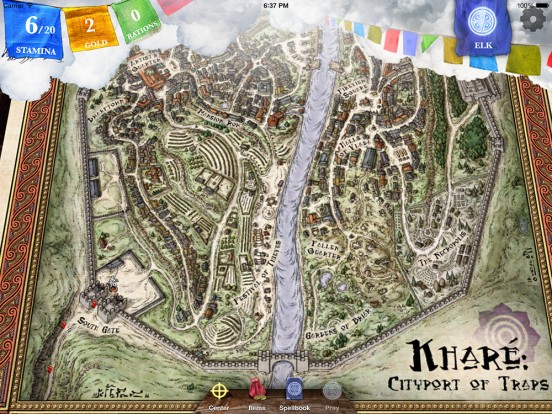
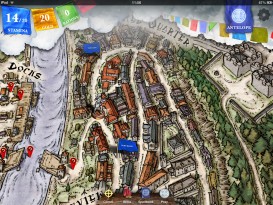
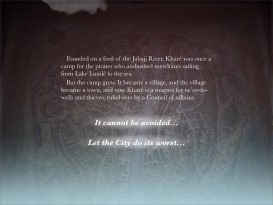
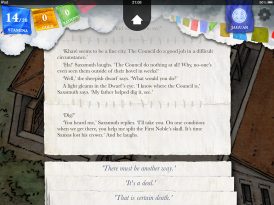
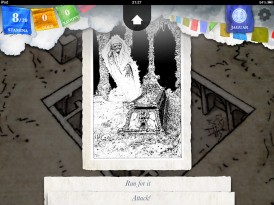
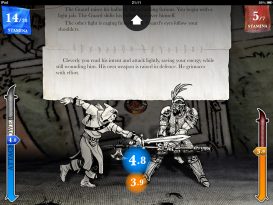
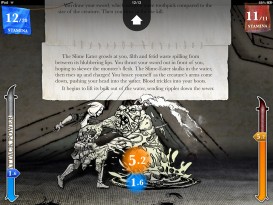
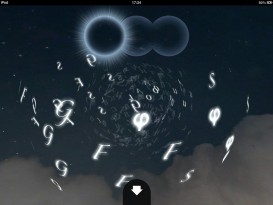
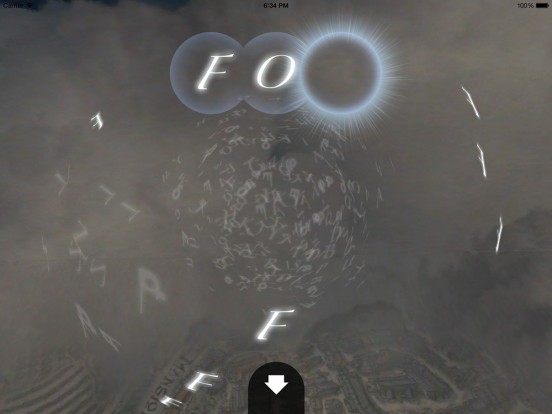
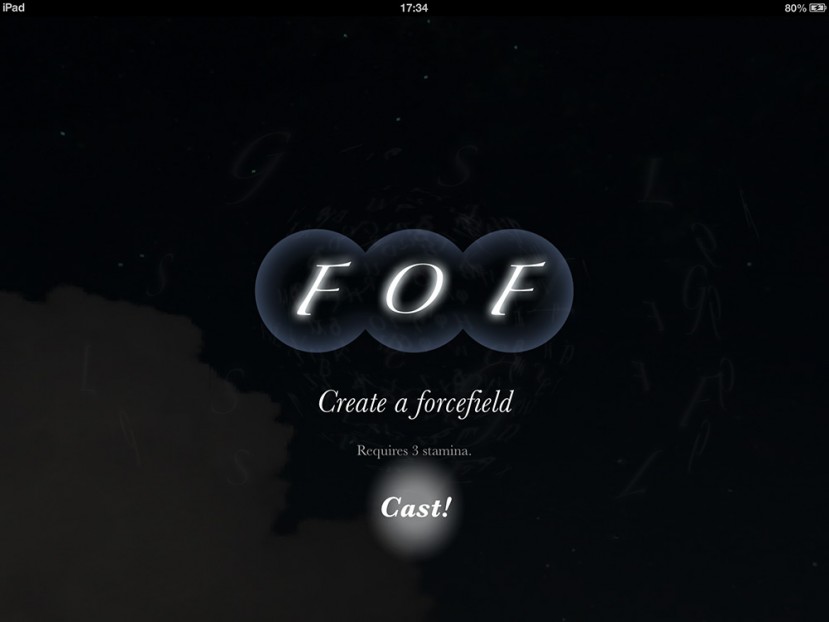

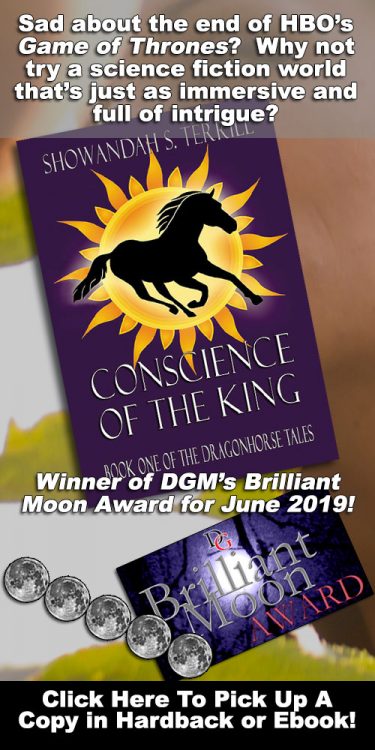
Trackbacks/Pingbacks